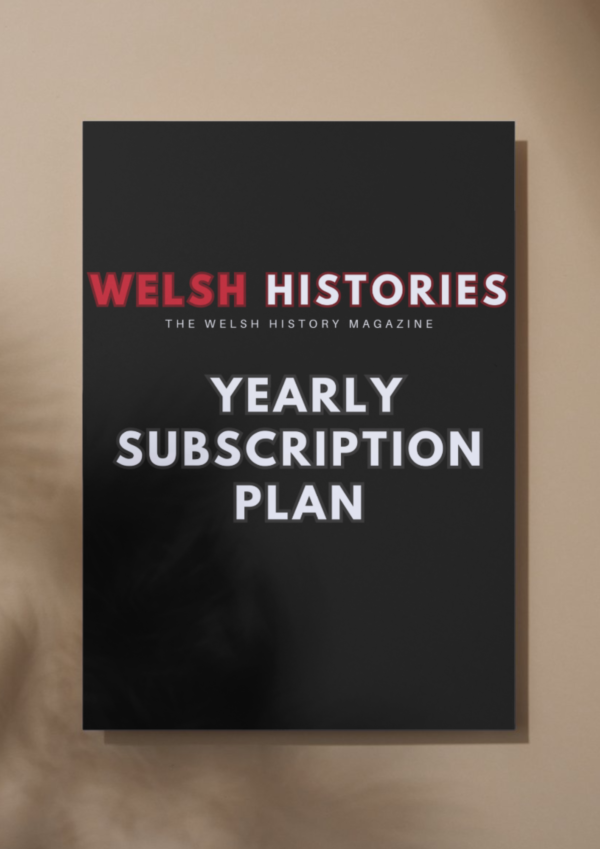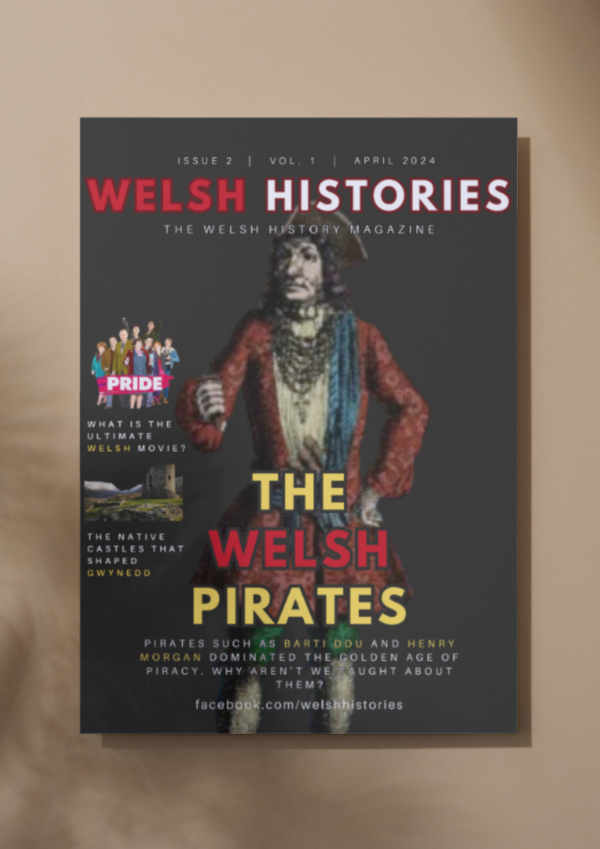Your basket is currently empty!
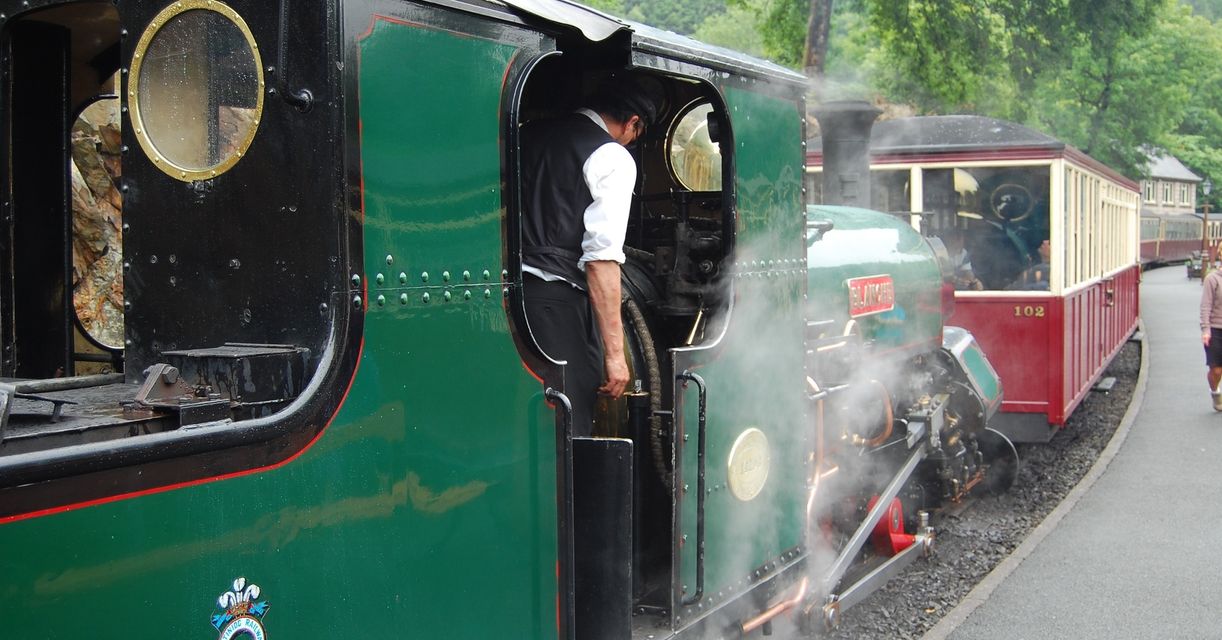
Did You Know? Surprising Facts About Cymru
I have created a compilation of ‘Did you know?’ facts about Cymru, taken from Welsh Histories Facebook page. I bet some of it can probably surprise you!
#1. Did you know that Cymru has a desert?
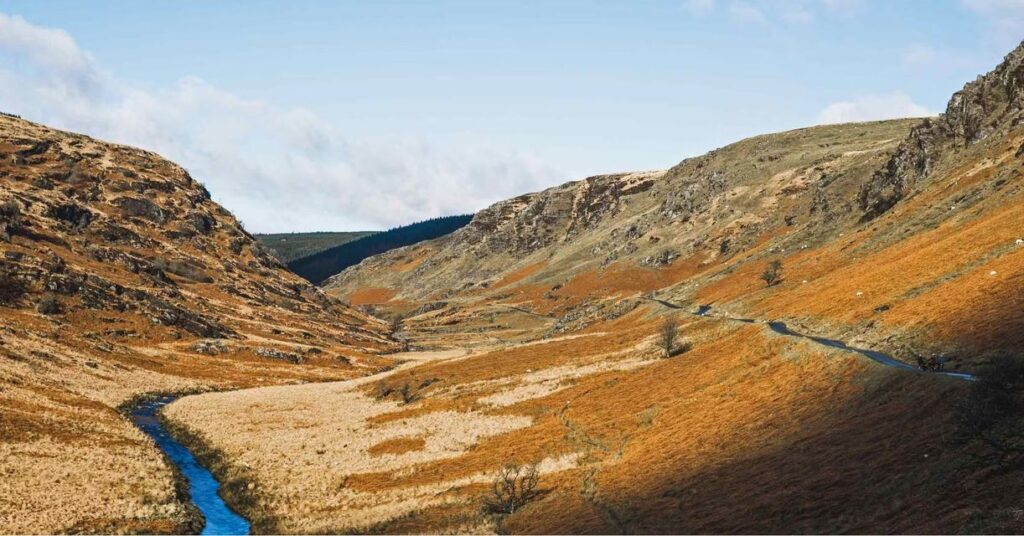
Well, it doesn’t. An area known as the Elenydd is wrongly termed as one, though.
The Elenydd, sometimes incorrectly referred to as the “Desert of Wales”, or the “Green Desert of Wales” to remind people that it is not a true desert, is an area of central Cymru referred to as such in relation to its lack of human habitation, infrastructure and overgrazed lands (the sheep aren’t always our friends).
#2.Cymru has its own Loch Ness Monster

Well, at least according to those who believe in this stuff.
Our monster, affectionately dubbed “Teggie” after the name of the lake it is believed to reside in (Llyn Tegid, Gwynedd), was first “spotted” in 1975.
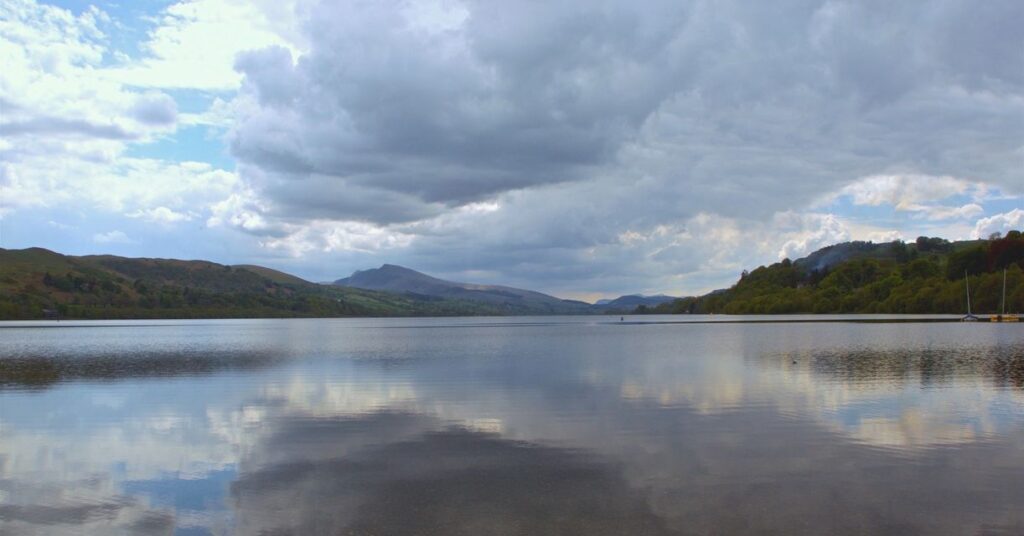
Interestingly, I have been unable to find any photo evidence ![]()
The lake is near Bala, Gwynedd, and it was formed at the end of the last ice age. It has been known as Llyn Tegid since at least 1568 and was originally referred to as Penmelesmere.
Llyn Tegid is, however, the only known home in the world to the critically endangered Gwyniad fish (pictured). If you ever happen to catch one, please put it back!
#3. The island of Ynys Enlli, which lies 3.1 km off the Llŷn Peninsula in the county of Gwynedd, is thought to be one of the most legendary islands on earth and was, at one time, the second biggest Christian pilgrimage destination after Rome itself.
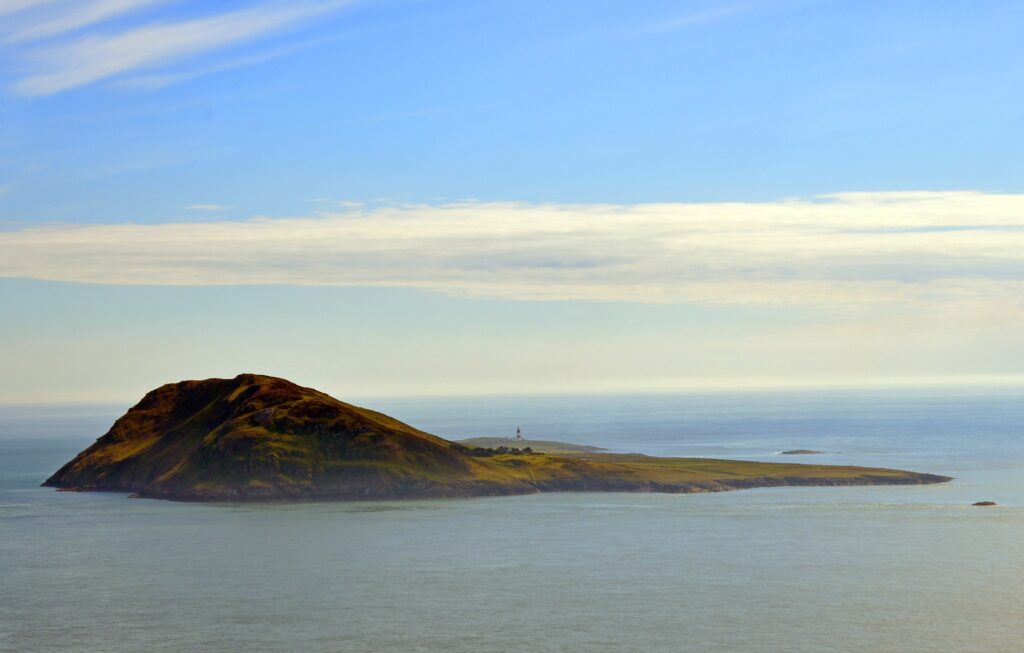
The island is often referred to as the “Island of 20,000 Saints” and it is told that thousands of Saints have been laid to rest there.
For those who are interested in Arthurian tales and legend, it is believed to be the resting place of the wizard Myrddin (Merlin in English) and, quite possibly, Arthur himself. It is also believed to be the site of Avalon!
#4. The village of Morfa Borth, which stands beautifully on the Mid-Cymru coast, holds a secret…

“An ancient forest which once stood… on what is now the beach.”
Between 5,000 and 4,500 BP (archaeological terminology meaning “before present”), the forest stood and stretched approximately 5 km in length.
Traces of the Morfa forest can still be viewed on the beach during certain times of year.
#5. The ancient Britons that inhabited Cymru over 3,500 years ago were skilled metalworkers and craftsmen
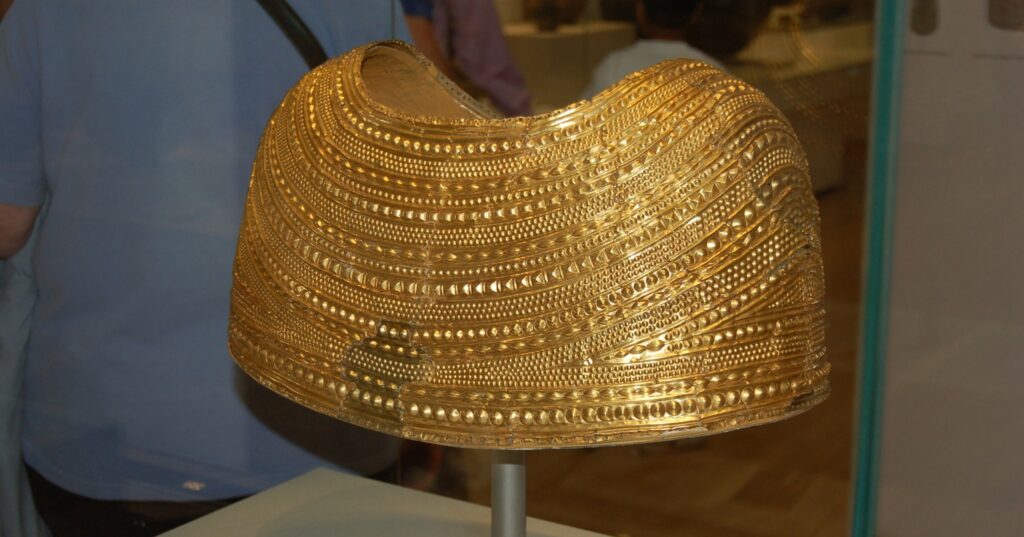
They created intricate jewelry, tools, and weapons, showcasing their advanced metallurgical techniques. Archaeological finds, such as the famous Clogyn Aur yr Wyddgrug (Mold Cape, pictured) discovered in Mold, Cymru, provide fascinating insights into the craftsmanship and artistic skills of the ancient Welsh people.
Clogyn Aur yr Wyddgrug, a ceremonial cape dating back to the Early Bronze Age (around 1900–1600 BC), is one of the most remarkable examples of ancient Welsh metalwork. It is intricately decorated with delicate gold detailing and was likely worn during ceremonial or religious occasions, demonstrating the advanced metallurgical knowledge of the ancient Welsh society.
This historical artifact highlights the rich cultural heritage of Cymru and the creativity of its ancient inhabitants.
#6. Cymru is home to the world’s oldest surviving railway company

Rheilffordd Ffestiniog (the Ffestiniog Railway) in Gwynedd, Gogledd Cymru (North Wales), remains a key tourist attraction within Eryri – and it is still owned by The Festiniog Railway Company, which dates all the way back to 1832.
It is approximately 21.7 km in length and connects the harbour at Porthmadog to the slate mining powerhouse of Blaenau Ffestiniog.
#7. That Thomas Telford (and William Jessop) was a bit of a genius, wasn’t he?

Built in the early 19th century, Traphont Ddŵr Pontcysyllte (Pontcysyllte Aqueduct) is a breathtaking masterpiece of engineering. It carries the Llangollen Canal high above the Dee Valley on a series of stone arches.
Standing at 38 metres (126 ft) in height and with a width of 3.7 metres (12 feet), it is both the longest aqueduct in Great Britain and the highest canal aqueduct in the world. In recognition of its historical and architectural significance, Traphont Ddŵr Pontcysyllte was designated a UNESCO World Heritage Site in 2009.
More from Welsh Histories
Welsh Histories is a Welsh history celebrating platform which looks to promote all aspects of Welsh history. Though we focus predominantly on native Welsh history, we do also share the non-native aspects from time to time. You can follow us on Facebook; Instagram or Twitter for more. A reader? We also have our very own Welsh Histories Shop where we sell our Welsh Histories Magazine. Diolch yn fawr iawn and keep enjoying Welsh Histories
Sally is a proud wife of a Welshman, editor & writer of Welsh Histories. She’s all about stories—that shout ‘anything Welsh.’ Drop her an email if you have an advice, insight, experience, or a story to share.


